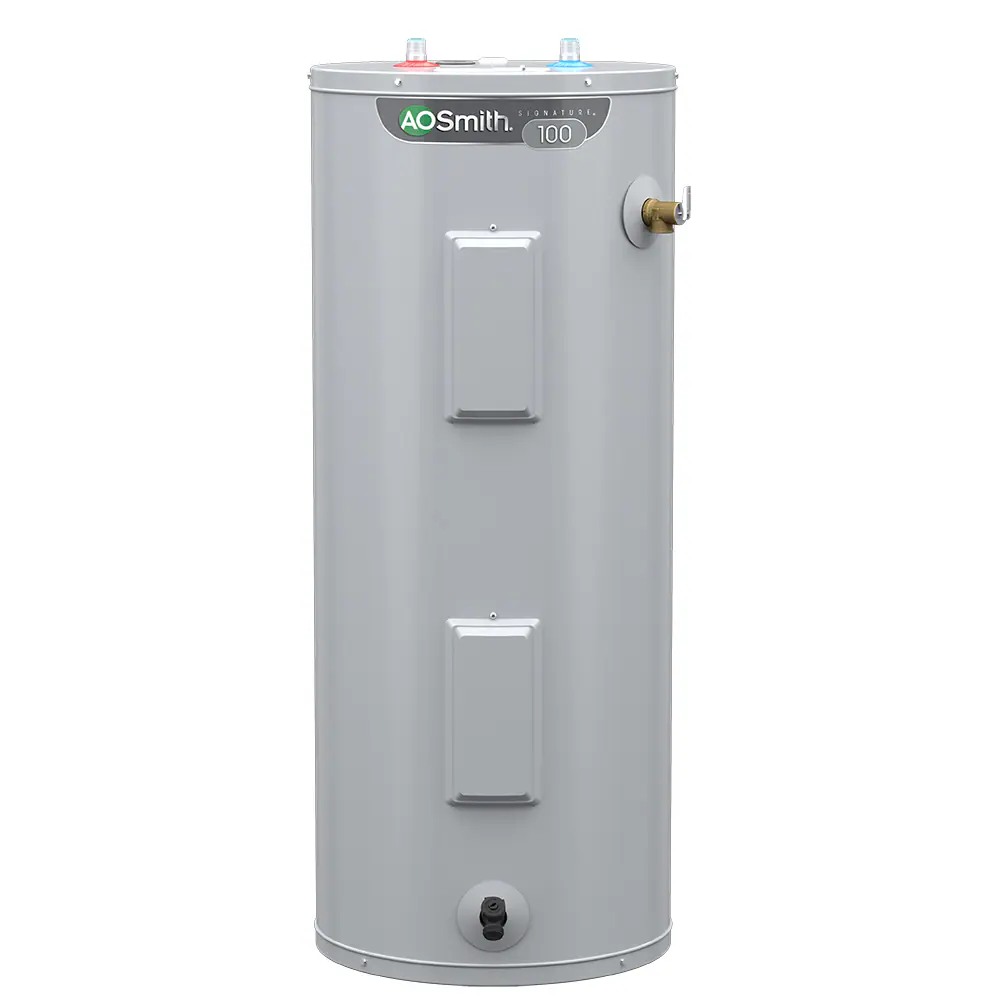When it’s time to move a water heater, you might wonder if you can lay it on its side. This is a good question. Moving a water heater the right way is important so it works well later. Most water heaters can be placed on their side for transport, which is convenient when the water heater must fit into a car or a tight space. However, it’s important to handle the water heater with care when moving it on its side to prevent damage to the inside parts. Gas water heaters require extra care, so it’s a good idea to consult the manual or seek advice from a professional before moving them. If done correctly, moving your water heater on its side can be safe and simple.
Moving Your Water Heater: Sideways or Upright?
Moving a water heater can be a daunting task, especially when you’re unsure about the safest way to transport it. Should you keep it upright, or is it okay to lay it on its side? Let’s look at the pros and cons of each approach.
Transporting a Water Heater on Its Side
Pros:
- Easier to maneuver: A water heater on its side takes up less space and might be easier to fit into a vehicle.
- Reduced height: It lowers the center of gravity, making it less likely to tip over during transport.
Cons:
- Potential damage: Some experts warn that transporting a water heater on its side could damage internal components like the dip tube or glass lining.
- Leaking: If not completely drained, residual water could leak out and cause damage or mess.
Transporting a Water Heater Upright
Pros:
- Reduced risk of damage: Keeping the water heater upright minimizes the risk of damaging internal components.
- Less mess: No chance of water leaking if it’s properly drained.
Cons:
- More challenging to move: Upright water heaters are bulkier and can be more difficult to maneuver, especially through narrow spaces.
- Higher risk of tipping: The tall, narrow shape can make it unstable during transportation.
Recommendations
| Type of Water Heater | Recommended Transport Position |
|---|---|
| Gas Water Heater | Upright, unless absolutely necessary. If on its side, place it with the gas valve facing up. |
| Electric Water Heater | Either upright or on its side, as long as it’s fully drained and secured properly. |
Additional Tips
- Drain completely: Regardless of how you transport it, ensure the water heater is thoroughly drained to prevent leaks.
- Secure it: Use straps or ropes to secure the water heater during transport to prevent it from shifting or tipping over.
- Consult the manual: Check your water heater’s manual for any specific instructions on transportation.
When in Doubt, Seek Help
If you’re unsure or uncomfortable transporting a water heater, consider hiring professionals. They have the experience and equipment to move it safely without causing damage.
Preparing for Transport
Moving a water heater safely is key. Here’s how to prepare one for a journey on its side.
Evaluating Water Heater Specifications
Check the heater’s type and size first. Electric and tankless water heaters can usually go on their side. Gas water heaters need extra care. Find the weight and dimensions in the manual. These numbers help you plan.
Securing the Water Heater
Heaters are heavy. Use a dolly or hand truck to move them. Wrap the heater with padding. Use ratchet straps or bungee cords to secure it well. This keeps it safe on the road.
Transportation and Handling Methods
Transporting a water heater requires careful planning. The methods used must prevent damage and leaks.
Optimal Vehicle Selection
Choose a vehicle based on the heater’s size. Trucks or trailers are often the best for transport. They have space to lay the heater flat. Look for a flat spot in the vehicle. This will help to keep the heater steady.
Loading and Unloading Techniques
Use two or more people for lifting. This makes sure the heater does not drop or shake much. Cover the heater with blankets for protection. Secure it with straps to prevent rolling or shifting. In a car, make sure the heater does not block your view.
On the Road
Drive slowly and avoid sharp turns to keep the water heater safe. Ensure the heater does not move or tip. Take extra care on corners and bumps. If the road is rough, drive extra slow. Always keep safety hazards in mind.
Frequently Asked Questions
When moving a water heater, it’s important to keep it safe. Here are some common questions and clear answers to help you transport your water heater on its side.
How should I secure a water heater in a truck bed during transport?
To secure a water heater in a truck bed, you need padding and straps. Put padding on the truck bed. Place the heater on the padding. Use straps to hold it still. Make sure it won’t move as you drive.
Is there a risk of damage when transporting an electric water heater on its side?
Yes, there is a risk. An electric water heater has parts inside that could break. Lay it on its side gently. Protect it from bumps and knocks during the move.
What are the guidelines for laying down a gas water heater for transport?
Gas water heaters are tricky. They have parts that can get hurt if you lay them the wrong way. Always follow the maker’s advice. Keep it upright if you can. If not, be extra careful.
Can transporting a water heater on its side affect its warranty or functionality?
It can. Check your warranty. Some say you can’t lay the heater on its side. Doing so might hurt the heater and make the warranty not work.
What precautions should be taken when moving a hot water heater horizontally?
Moving a water heater on its side needs care. Drain it first. Keep it from rolling. Use soft materials to cushion it. This keeps it safe while you move it.







